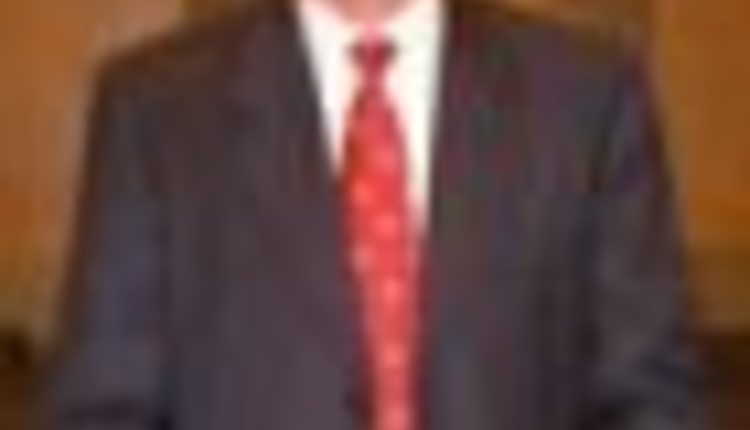The mission of the U.S. Postal Service is rooted in a single, powerful principle: that every person in the
Letter mail was the first method of postal communication. Fearless Postal Service riders traveled across the country so individuals could experience the "mail moment." These riders represented the face of postal communications. However, people were not aware of the faces working behind the scenes to ensure delivery people working to sort the mail.
Fast forward to the late 20th century. Technological advancements are made continuously. The USPS seized on these improvements in the early 1990s, launching the Postal Service Automation Improvement Program. The program targeted letters, greeting cards and other items that are dropped into collection boxes and the slots in post office lobbies. With this focus on automation, a partnership was formed between the USPS and Lockheed Martin.
A Steady Force
A principal tenet of the partnership is demonstrated in the Remote Computer Reader (RCR), which is currently installed in approximately 375 USPS Processing and
From a starting point of automatically reading only two percent of the handwritten addresses and 35% of machine print addresses in 1995, the RCR currently reads 89% of handwritten addresses and 94% of typed or printed addresses. The system processes approximately 47 billion mailpieces each year. The system has been continuously upgraded, with each modification bringing improvements in both speed and accuracy.
When the RCR program began in 1995, it resolved addresses in a separate offline process, serving as a reject processor. As mail passed through the sorters, letters with unreadable addresses were sprayed with fluorescent barcodes, then swept off and placed into trays. Simultaneously, images of mailpieces not decipherable on the first sorter were fed to the RCR. About 30 minutes after the initial sort, the unreadable pieces were run through a second pass operation, which matched the fluorescent barcode within the resolved RCR file, providing the correct address.
Recognizing Partnerships
The program's toughest challenge was to increase the automatic read rate for handwritten addresses. In 1996, a partnership was formed by Lockheed Martin with the State University of New York (SUNY) at
The resulting software was tested at 20 sites in late 1996 and rolled out nationally during 1997, in time to support the busy holiday season that December. The read rate
for handwritten addresses quickly increased to 23%. Additionally, an alliance was formed with Parascript LLC, a recognition technology company specializing in hand-
writing recognition software. The newly formed team proposed to deliver vastly improved handwritten recognition technology in return for an incentive contract under which the USPS would share its cost savings.
By 1998, the handwritten read rate increased to 52%, exceeding the 50% expectation. Seeing potential for even further progress, the USPS aimed to reach 70% recognition for handwritten addresses by 2000 and also improve machine-printed address reading. The program met that goal and advanced machine-printed address recognition in the bargain.
Moving Online
Continuing improvements in the RCR not only brought further increases in address read rates, it also helped USPS enhance mail-handling productivity by utilizing an online mail processing tool. More recently, the USPS integrated RCR with the Advanced Facer Canceller System (AFCS), enabling processing facilities to create sort plans that improve mail delivery efficiency.
Collection mail is now sorted by "local" or "outgoing," as opposed to "machine" or "handprint." All collection mail passes through the AFCS and has its addresses read and resolved by the RCR, which processes each address online in less than two-tenths of a second. The outgoing mail is sent immediately to a sorter to be separated for its next postal destination. Local mail is then processed using a different sort plan to direct the mailpieces to their final destinations. This sorting scheme significantly speeds up distribution of outgoing mail.
Moving the Mail
The next target was to increase read rates to 80% for handwritten addresses and 90% for printed addresses by 2004. Both targets were exceeded through improvements implemented by the recognition team.
Remote Computer Reader is an enormously successful automation improvement program and an example of excellent teamwork. Its success can be credited to the Postal Service personnel for their willingness to take risks on an innovative contract approach and 10 years of continuously delivering performance improvements.
We have come a long way since the days of the Pony Express. We look forward to partnering with the USPS to make RCR reach its fullest potential. After all, the "mail moment" is a significant part of our lives, and I look forward to seeing future generations enjoy the moment.
Brian Tanton is Vice President and General Manager of Lockheed Martin Distribution Technologies. For more information, please visit the Distribution Systems capabilities section at www.lockheedmartin.com.


